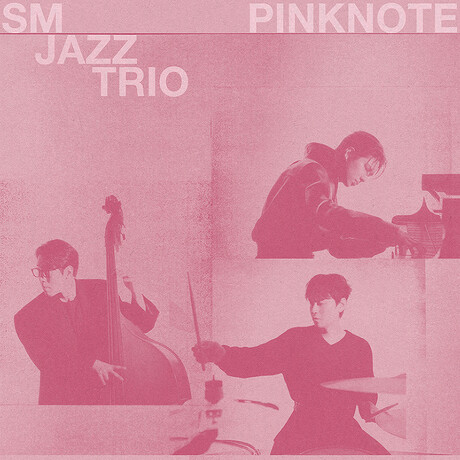Students from the University of Southern California's School of Architecture have completed a comprehensive series of thesis projects exploring the concept of "model" as a framework for architectural inquiry. The projects, part of the 2025 Directed Design Research sequence, represent the capstone work for both Master of Architecture and Master of Advanced Architectural Research Studies programs.
The year-long thesis studio, coordinated by Ryan Tyler Martinez, challenged students to define their own positions and projects across six distinct sections. Faculty members Ryan Tyler Martinez, Wes Jones, Gillian Shaffer Lutsko, Lisa Little, Sascha Delz, and Andy Ku provided guidance as students explored modeling as noun, verb, and adjective - representing systems of reference, acts of transformation, and qualities of precision and aspiration.
Nayla Alejandre's project "Resilient Tides: Spatial Frameworks for Political Autonomy and Climate Adaptation" received the Excellence in Directed Design Research Award for best overall work. Set in Puerto Rico, the project reimagines architecture as a collective resilience system rooted in cultural continuity and environmental adaptation. Alejandre proposes a modular, self-built framework supporting incremental housing, ecological restoration, and participatory construction in flood-prone coastal communities like La Perla, rejecting top-down recovery models in favor of local agency and shared authorship.
Gabriel Harmon won the Innovation in Directed Design Research Award for best technology with "Embedded Ontology: Object Ontologies through Higher-Dimensional Word Embeddings in AI Architecture." This groundbreaking project explores how relationships between objects in AI embedding spaces can inform new architectural languages. By analyzing vector-based connections across text, image, and 3D data systems, Harmon's research reveals how latent hierarchies generate architectural forms through non-human logics of association, challenging anthropocentric authorship.
Janette De Los Santos earned the Disciplinary Advancement Award for "Old Habits. New Ideas," which investigates how trends shape the architectural gaze and how familiar visual languages can be reinterpreted to forecast new disciplinary directions. Through narrative modeling, the project bridges eras, media, and cultural habits to reveal how aesthetic conventions evolve over time, positioning design as a living record of continuity and change.
Several projects received distinctions and honorable mentions, including Bryan Lee's "Metastasis: Beyond Immobility," which redefines architectural authorship in the age of artificial intelligence through collective, adaptive, and reflective design models. Macintyre Schnell's "Building with Bricolage: BRICO and the Art of Reassembly" transforms deconstructed structures into new architectures celebrating imperfection and history, partnering with LA Trade and Technical College to integrate vocational education and community engagement.
Jennifer Dominguez Hernandez received the Social and Environmental Dimensions Award for "Edge Ecologies: Architecture and the Everyday Border," which reinterprets the US-Mexico border as a living ecology shaped by daily movement and resistance. The project reveals the border's spatial potential as a site of connectivity, exchange, and ecological repair through mapping and representational translation.
Other notable projects include Negin Sabouhi's "New Familiar," investigating how everyday materials can be reimagined to challenge construction conventions; Alec Sweeting's "Rethinking Temporality," which earned the Design Communication Award for challenging architecture's bias toward permanence; and Etulan A Joseph's "Anomalous Assemblages," envisioning architecture liberated from the ground through computational assemblage.
Gregor Vincent Tillman's "Sport and Cultural Densities: Unity in Intruding Formations and Sport" explores how American sport culture and its architectures reflect and shape collective identity across varying cultural and urban contexts. The project examines sport as both formal and informal spatial assembly that unifies communities through shared rituals and values, proposing architecture as a medium for civic cohesion and cultural engagement.
The diverse range of thesis projects demonstrates the program's commitment to pushing architectural boundaries while addressing contemporary challenges including climate adaptation, artificial intelligence, social justice, and cultural identity. These student works represent emerging voices in architecture who are redefining the discipline's future through innovative research methodologies and speculative design approaches.
































